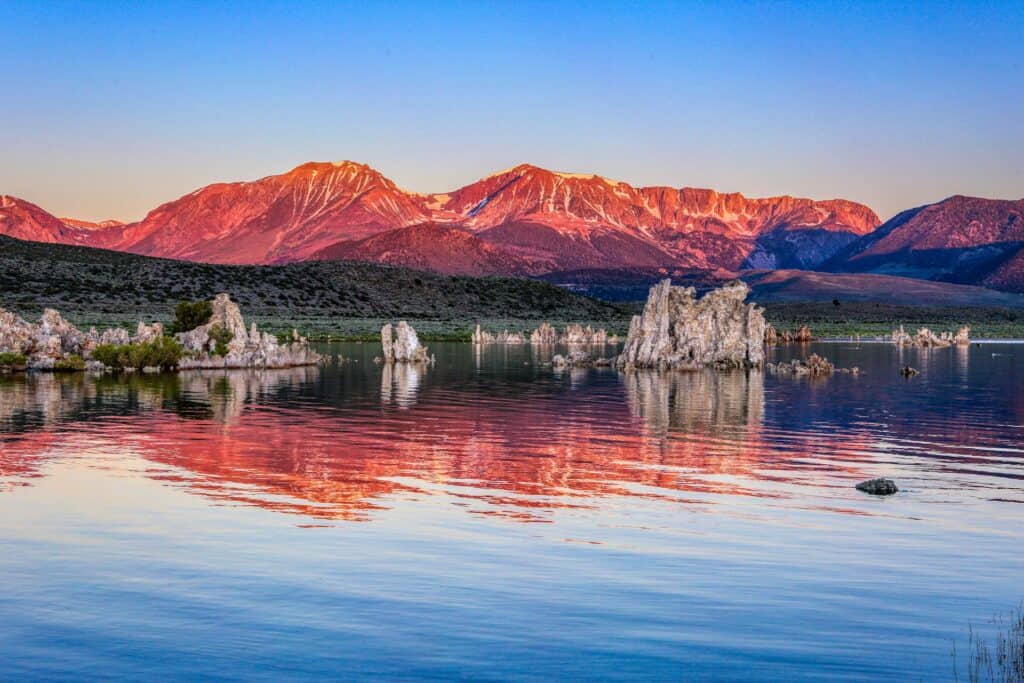
Mono Lake, located in the eastern Sierra Nevada of California, is a truly unique and remarkable natural feature. This ancient saline lake, estimated to be over 760,000 years old, is not only a stunning geographical landmark but also a critical habitat for various species of wildlife. Its striking tufa towers, hypersaline waters, and intriguing history make Mono Lake an extraordinary subject of study and fascination.
Geographical and Geological Significance
Mono Lake lies at an elevation of approximately 6,380 feet (1,945 meters) and spans an area of about 70 square miles (180 square kilometers). It is a closed basin, meaning it has no outlet to the ocean, causing minerals and salts to accumulate over millennia. The lake’s salinity is about two and a half times greater than that of the ocean, making it highly alkaline.
One of the most captivating features of Mono Lake is its tufa towers. These limestone formations are created through a chemical reaction between calcium-bearing freshwater springs and the carbonate-rich lake water. Over time, this reaction forms calcium carbonate (limestone) which precipitates out, creating the eerie, otherworldly spires that rise from the lakebed. These tufa towers are most visible along the lake’s southern shore and provide a surreal landscape that draws photographers and nature enthusiasts from around the world.
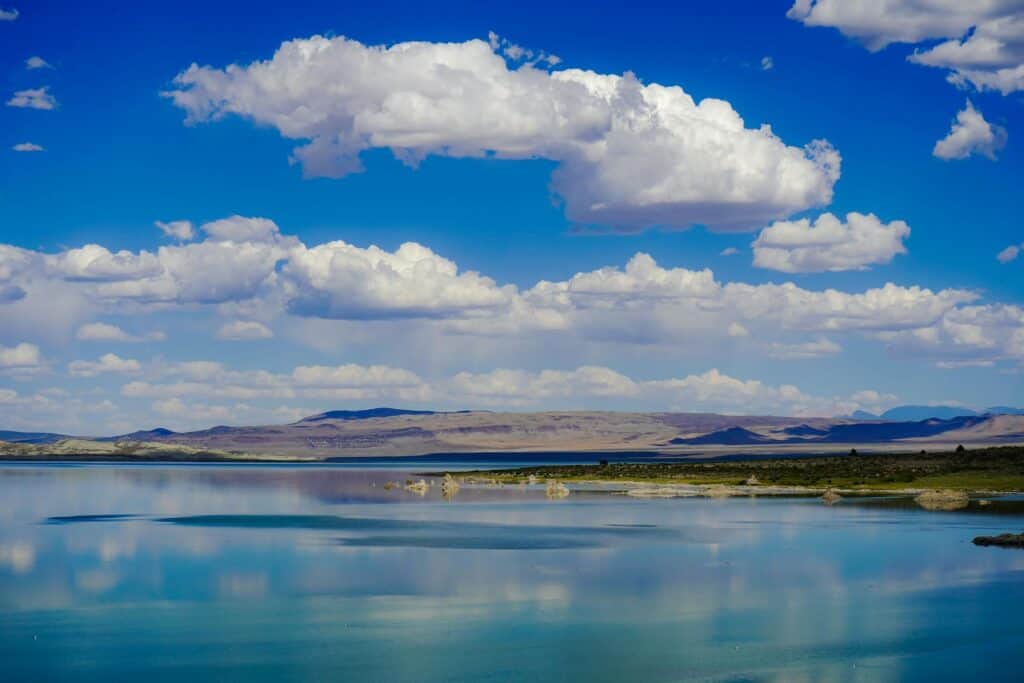
Ecological Importance
Despite its extreme conditions, Mono Lake supports a diverse and unique ecosystem. The lake is teeming with brine shrimp (Artemia monica) and alkali flies (Ephydra hians), which form the base of the food web. These invertebrates thrive in the saline waters and serve as a critical food source for millions of migratory and nesting birds.
Mono Lake is a vital stopover for migratory birds along the Pacific Flyway. Species such as the Eared Grebe, Wilson’s Phalarope, and the California Gull depend on the lake for feeding and nesting. During peak migration periods, the lake can host over 1.5 million birds. The California Gull, in particular, has one of its largest breeding colonies on the lake’s islands, highlighting the lake’s importance for avian reproduction.
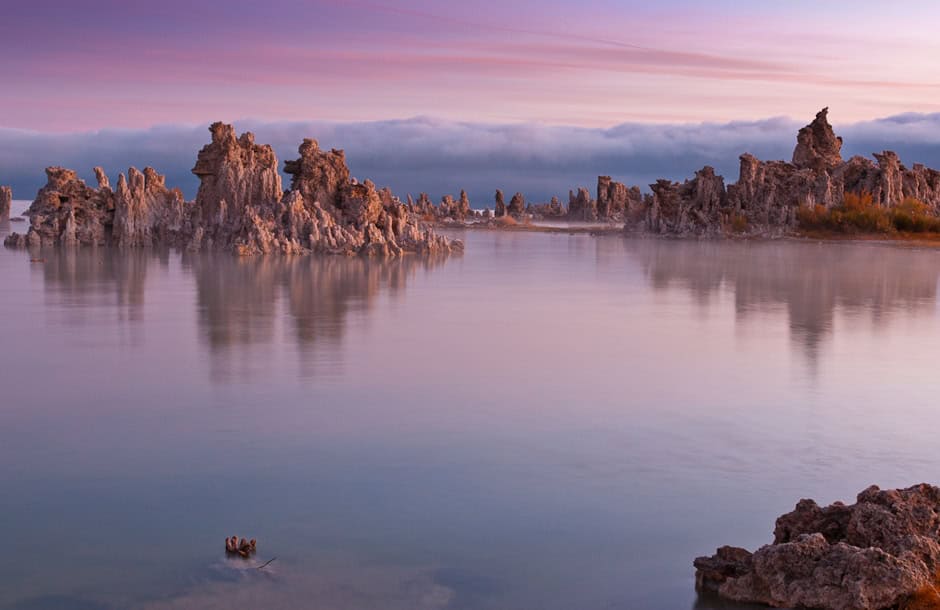
Historical and Cultural Significance
Mono Lake has long been a site of cultural significance. The indigenous Kutzadika’a people, also known as the Mono Lake Paiute, have lived in the region for thousands of years. They relied on the lake’s resources, particularly the brine shrimp and alkali flies, for sustenance. The Kutzadika’a developed unique methods for harvesting these resources, which were a staple in their diet.
In more recent history, Mono Lake became a focal point of environmental conservation efforts. In 1941, the Los Angeles Department of Water and Power (LADWP) began diverting water from the lake’s tributary streams to supply the growing city of Los Angeles. This diversion caused the lake’s water level to drop dramatically, leading to increased salinity and the exposure of critical nesting islands, making them accessible to predators.
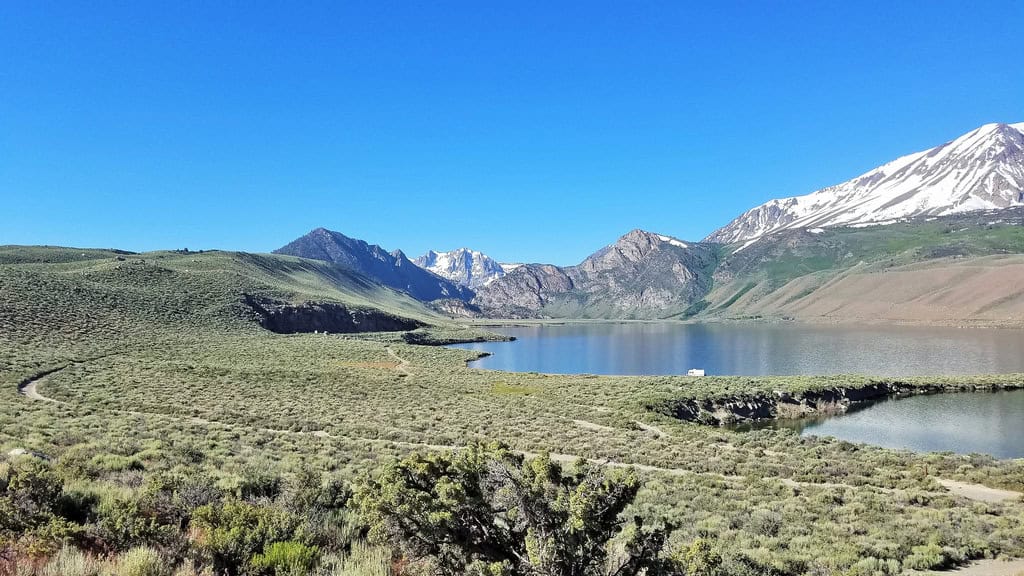
Environmental Conservation Efforts
The drastic ecological changes spurred a grassroots environmental movement in the 1970s, spearheaded by the Mono Lake Committee. This organization, along with other environmental groups, fought to protect the lake and restore its natural water levels. The legal battle culminated in a landmark decision in 1983, when the California State Water Resources Control Board ruled that the water diversions violated the public trust doctrine, which protects the public’s right to use navigable waters for recreational and ecological purposes.
The ruling mandated that LADWP reduce its diversions and implement measures to restore Mono Lake’s water levels. Subsequent efforts have been successful in raising the lake’s level, though it remains below its pre-diversion levels. The Mono Lake Committee continues to work towards the full restoration of the lake and its ecosystem.
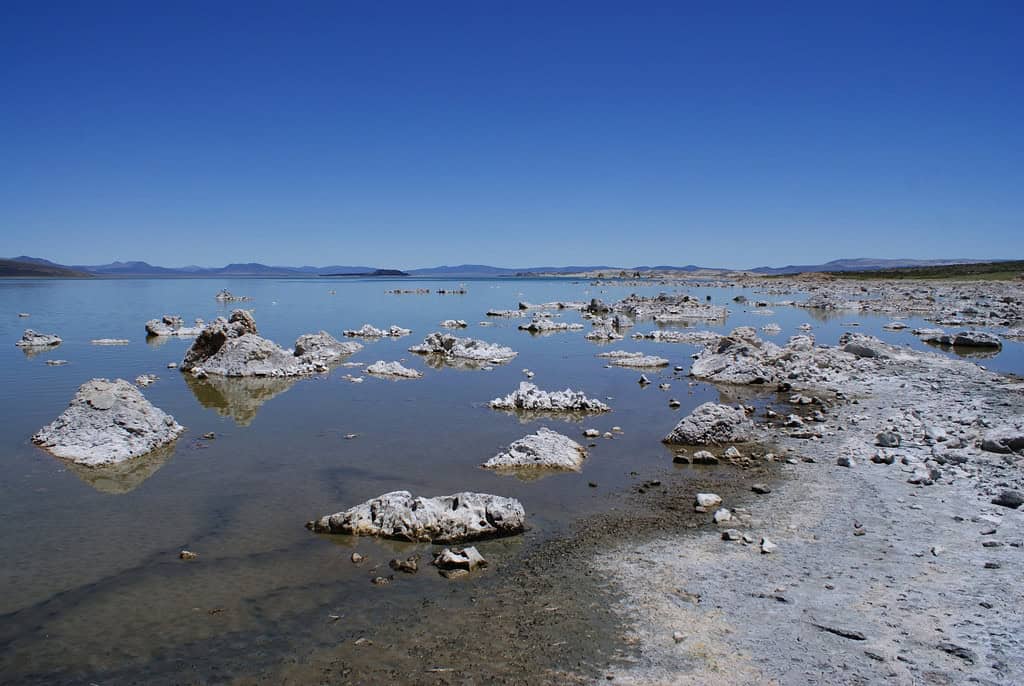
Current Challenges and Future Prospects
Despite the successes of the past few decades, Mono Lake faces ongoing challenges. Climate change poses a significant threat, as changing precipitation patterns and rising temperatures can alter the lake’s hydrology. Reduced snowpack in the Sierra Nevada, which feeds the lake’s tributaries, can lead to decreased inflows and lower water levels.
Additionally, the increasing demand for water in California puts continuous pressure on Mono Lake and its watershed. Balancing the water needs of urban areas with the ecological requirements of natural habitats remains a complex and contentious issue.
The Mono Lake Committee, along with other environmental organizations and governmental agencies, continues to monitor the lake’s conditions and advocate for sustainable water management practices. Education and public outreach are also key components of their efforts, aiming to raise awareness about the lake’s ecological significance and the importance of preserving it for future generations.
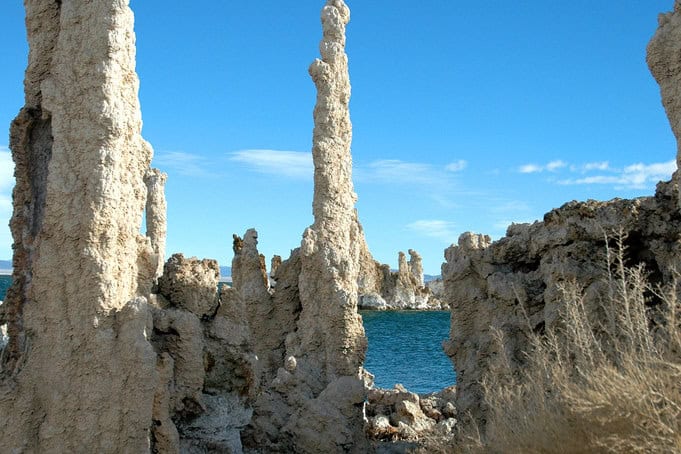
Visitor Experience and Recreation
Mono Lake is not only a site of scientific and ecological importance but also a popular destination for tourists and outdoor enthusiasts. The Mono Basin Scenic Area Visitor Center provides an excellent starting point for exploring the lake and learning about its natural history. The center offers exhibits, interpretive programs, and information on the region’s geology, ecology, and conservation efforts.
Visitors can take guided tours to see the tufa towers up close, either on foot or by kayak. These tours provide a deeper understanding of the lake’s unique geological processes and the importance of its conservation. Birdwatching is another popular activity, especially during the migration seasons when thousands of birds can be observed feeding and resting at the lake.
Photography enthusiasts are drawn to Mono Lake for its surreal and picturesque landscapes. The tufa towers, particularly at sunrise and sunset, offer stunning photographic opportunities. The lake’s reflective surface, set against the backdrop of the Sierra Nevada, creates breathtaking scenes that captivate both amateur and professional photographers.
Research and Education
Mono Lake serves as a natural laboratory for scientific research. Its unique chemistry and ecosystems provide valuable insights into limnology, ecology, and environmental science. Researchers study the lake’s brine shrimp and alkali flies to understand their adaptations to extreme environments, while others investigate the impacts of salinity and water level changes on the lake’s ecology.
Educational programs and field trips are regularly conducted at Mono Lake, attracting students, educators, and researchers from around the world. These programs highlight the importance of environmental stewardship and the need for sustainable water management practices.
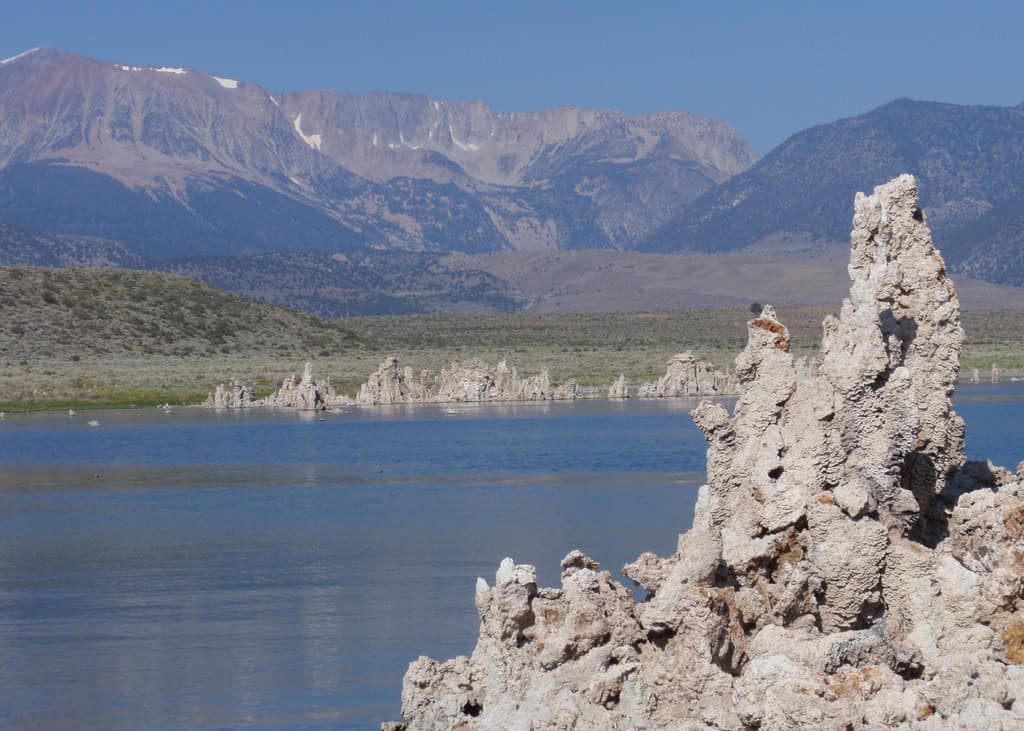
The Broader Significance of Mono Lake
Mono Lake’s story is a testament to the resilience of nature and the impact of human intervention. It underscores the importance of balancing human needs with ecological preservation. The lake’s recovery, though ongoing, serves as an inspiring example of successful environmental advocacy and legal action.
The lessons learned from Mono Lake are applicable to other threatened ecosystems worldwide. It highlights the necessity of protecting natural habitats and the species that depend on them. As climate change and population growth continue to challenge our natural resources, the case of Mono Lake reminds us of the importance of proactive and informed environmental management.
Mono Lake, with its ancient waters, unique geology, and rich biodiversity, is a natural marvel that continues to captivate and inspire. Its history of ecological challenges and subsequent recovery efforts provides valuable lessons in environmental conservation. As we move forward, the protection and preservation of Mono Lake remain crucial, not only for the species that rely on its waters but also for the continued health and balance of our planet’s ecosystems.
By appreciating and safeguarding Mono Lake, we honor the intricate web of life that it supports and reaffirm our commitment to preserving the natural wonders of our world for future generations. Whether as a site of scientific inquiry, a haven for wildlife, or a destination for awe-inspiring natural beauty, Mono Lake stands as a symbol of the enduring power and resilience of nature.